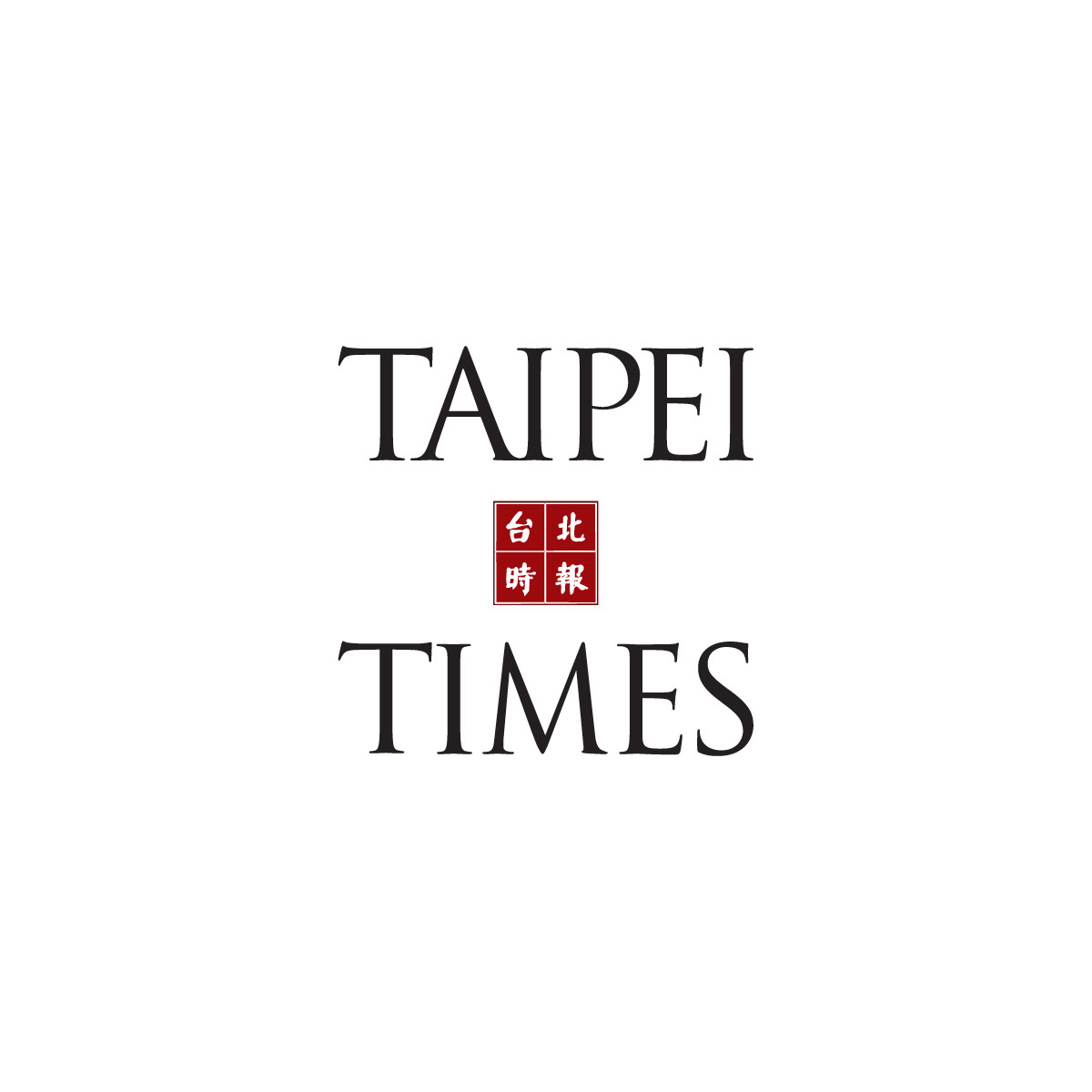New Delhi: Rekhta Foundation, which is known for organising an annual Urdu festival named ‘Jashn e Rekhta’ and popularising Urdu poetry using Devanagari, Roman and Urdu scripts, has launched a trilingual online dictionary. With a database of over three lakh words and their meanings in Urdu, Hindi and English, it also features audio demonstration of Urdu pronunciation, couplets to support the meaning of the words, origins and families of words, a wide range of antonyms, synonyms, homonyms and rhyming words, related proverbs, idioms and maxims. Experts believe this is a great initiative that will help a large number of Urdu lovers. The dictionary can be accessed for free of cost at rekhtadictionary.com.
Shubham Mishra, an urban planner and translator of several books from Urdu to Hindi, says the Rekhta online dictionary is a tremendous resource not just for laymen and amateur enthusiasts but also for serious researchers, translators and connoisseurs. “As an Urdu-Hindi translator, I have had to rely on several dictionaries to find the correct meaning of a word in the given context. While there are several classical dictionaries that provide the meanings in Hindi and English, their physical nature allows them to do only so much. Rekhta’s online dictionary addresses this issue by adding features like synonyms, idioms, usage, pronunciation, and compound words arising from that word,” he told The Wire.
“Even if one cannot type in the Urdu script, one can choose Roman or Devanagari scripts to find out the meanings, synonyms/antonyms, idioms and and pronunciation, etc.,” he said, adding that this is perhaps the best feature of the dictionary. “Moreover, if someone is not satisfied with the meanings, there is an option of giving feedback,” added Mishra, who has translated several books of legendary Urdu writers such as Intizar Hussain, Shamsur Rahman Faruqi and Shamim Hanafi.
Also read: Audrey Truschke, the ‘Language’ of History and a Very Modern Indian Conflict
Bhopal-based multilingual journalist and commentator Shams-ur-Rehman Alavi echoes Mishra. “The new dictionary is really neat, simple to use and is going to be helpful, as even Urdu words that are difficult to find in normal dictionaries are available,” Alavi told The Wire. Elaborating further, he said, “Besides, certain words of Arabic, Persian root that are not easy to find in some big dictionaries and one needs to consult the thick and multi-volume dictionaries.”
Alavi, who runs digital platforms such as www.bestghazals.net, pointed out that “another issue one faces is certain tough words or phrases that take time to search due to the prefixes. However, in this dictionary, they are also searchable immediately. The meanings are in Urdu, along with English and Hindi, which will help the learners as word meanings have been given well and explained too.” He also said yet another important feature of it is that the ‘wazan‘ of each word has also been made available, which is useful in understanding pronunciation as well as the meter in a couplet (poetry).

Screenshot from the dictionary.
According to Rekhta’s founder Sanjiv Saraf, this is and will remain an ongoing project with continuous corrections and improvements as well as addition of features based on users’ feedback. “In the course of our journey at rekhta.org we realised that there was a dire need for an accessible, easy to use and informative resource for meanings of Urdu words. Once the project was initiated various related aspects such as pronunciation, synonyms/antonyms, idioms, rhyming words etc were also added,” Saraf told The Wire in an email.
“It is not only a dictionary but also a learning tool. Our endeavour is to bridge the gap for Urdu learners for easy understanding of Urdu vocabulary,” he added. Saraf also said that a dictionary of muhavaras (idioms) is in progress among the other projects such as reverse dictionaries for English to Urdu and Hindi to Urdu. Last year, Rekhta Foundation launched hindwi.org, a website dedicated to Hindi language and literature.
On the dictionary website there is also a blog section, which lists various interesting and informative write-ups on Urdu language and literature. Like the dictionary, the blogs are in Urdu, Hindi and English. For example, Rajat Kumar’s blog (in English) talk about the art of composing chronograms and the stories of Urdu alphabets, ‘Alif’, ‘Be’.
Poet and writer Azra Naqvi in her blog (translated in English from Urdu) traces the origin of some commonly used in Urdu words such as ustad (teacher/mentor), shaakh (branch), musavvida (manuscript), daftar (office), jalsa (gathering) and shatranj (chess). In Urdu, these words are known as ‘DaKHiil’. “In fact, there is another treasure which is even bigger than that of DaKHiil words. Interestingly, these new words have appeared in new garbs with variations in meaning, pronunciation, and spelling. A lot of these words are such where a root word combines with the grammatical rules of another language. This results in the appearance of a new word,” wrote Naqvi.
Also read: Mohammed Shakeb: Preserver of Mughal Archival Documents and Reconstructor of Libraries
Citing examples, Naqvi added, “the Persian word “rang” was combined with the Arabic grammatical root “t” to make the Urdu word “rangat”. Similarly, the Arabic pluralisation when combined with the Persian “dih”, gave birth to “dehaat”. About “shatranj” she writes, when a game was invented based on two armies, it was called “chatrang”. “The word entered in the form of ‘shatrang ‘ in Persian and was transferred from Persian to Arabic as ‘shatranj’ and the same name is being used in Urdu.”
In his blog (Hindi), Zabaan e yaar e mun Turki filmmaker and poet Abdullah Zakariyah Nadeem shares how as an Urduwallah he used to look down upon Bambaiyya dialect and Marathi but later came to realise that there are many commonalities between Urdu and Marathi. Dheerendra Singh Faiyaz’s blogs (in Hindi) on the subjects of stages of learning a language and why it is important to learn Urdu script can also be very useful for Urdu learners. Dost Mohammed Khan’s blog about names of colours in Urdu, which are being forgotten and going out of use, is a delightful read apart from being informative.
In short, Rekhta’s dictionary opens up a whole new world for Urdu learners, readers and writers, especially those who do not have access to conventional tools of knowledge such as physical dictionaries and books.




